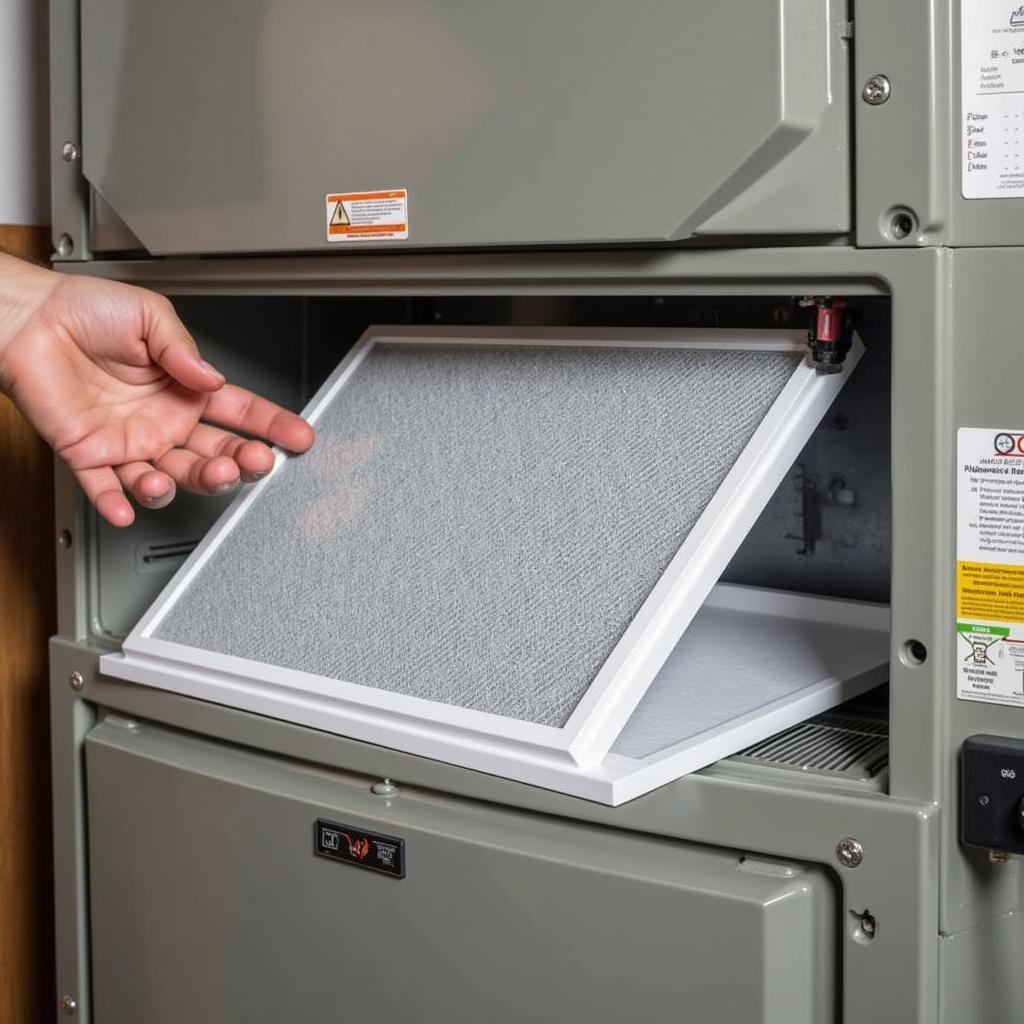Your HVAC fan is an essential part of your home comfort system. So, when your HVAC fan won’t turn on, it can be a major inconvenience. Before you call in a professional, there are several troubleshooting steps you can take to try and fix the problem yourself.
Common Reasons Your HVAC Fan is Not Working
There are several reasons why your HVAC fan might not be working. Here are a few of the most common culprits:
- Tripped Circuit Breaker: The first thing you should check is your circuit breaker box. If the breaker for your HVAC system has tripped, simply flip it back on.
- Faulty Thermostat: Your thermostat controls your HVAC system, so if it’s not working properly, your fan won’t turn on. Make sure the thermostat is set to “Cool” or “Fan On” and that the temperature setting is lower than the current room temperature.
- Malfunctioning Capacitor: The capacitor helps start and run the fan motor. If it’s faulty, the fan won’t turn on.
- Dirty Air Filter: A clogged air filter can restrict airflow and cause the fan motor to overheat and shut down.
- Broken Belt: If you have an older HVAC system with a belt-driven fan, the belt may have broken.
- Worn-Out Motor: Over time, the fan motor can simply wear out and need to be replaced.
 HVAC Fan Motor Inspection
HVAC Fan Motor Inspection
Troubleshooting Tips: HVAC Fan Not Turning On
Here are some troubleshooting tips to help you fix your HVAC fan:
-
Check the Circuit Breaker: Locate your electrical panel and look for a tripped breaker labeled “HVAC,” “Furnace,” or something similar. If the breaker is tripped, turn it completely off and then back on.
-
Inspect the Thermostat: Make sure your thermostat is set to “Cool” or “Fan On.” Lower the temperature setting a few degrees below the room temperature to see if the fan kicks on. If your thermostat has batteries, check to see if they need replacing.
-
Replace the Air Filter: Turn off the power to your HVAC unit. Locate your air filter (usually in the return air vent or near the HVAC unit itself) and remove it. If it’s dirty, replace it with a new one.
 Replacing HVAC Air Filter
Replacing HVAC Air Filter
-
Examine the Motor Capacitor: Caution: Capacitors store electrical energy and can be dangerous. If you’re not comfortable working with electrical components, it’s best to call a professional. If you choose to proceed, turn off the power to your HVAC unit. Locate the capacitor (usually a cylindrical component near the motor) and carefully discharge it. Look for signs of bulging or leaking, which indicate a faulty capacitor that needs replacement.
-
Inspect the Fan Belt (If Applicable): Caution: As with the capacitor, working with belts requires caution. If you’re unsure, contact a professional. Turn off the power to your unit. If you have a belt-driven system, locate the fan belt and check for any cracks, fraying, or looseness. If you find any issues, the belt will need replacement.
 Inspecting Fan Belt for Damage
Inspecting Fan Belt for Damage
“If you’ve gone through these steps and your HVAC fan is still not working, it’s best to call a qualified HVAC technician. Attempting to repair complex HVAC components without proper training can be dangerous and may further damage your system.” – Mark Stevenson, HVAC Technician, Cool Breeze Heating & Air
Conclusion
A malfunctioning HVAC fan can disrupt your comfort and potentially indicate more serious issues with your system. By following these troubleshooting tips, you can often identify and even fix the problem yourself. However, it’s crucial to prioritize safety and know your limits. If you’re ever unsure or uncomfortable performing any of these steps, don’t hesitate to contact a licensed HVAC professional for assistance. A well-maintained HVAC system ensures optimal performance and peace of mind throughout the year.


